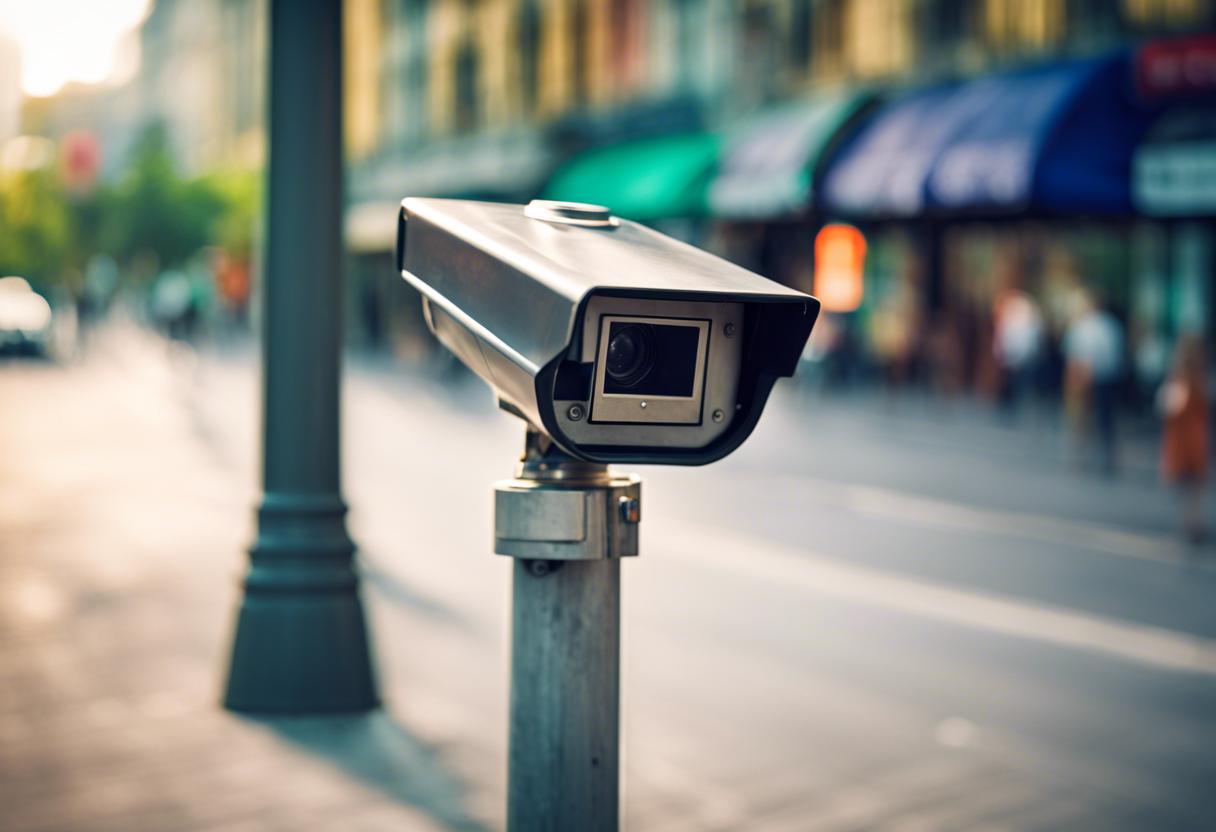For the past two years, ever since it became legally permissible for local authorities to leverage CCTV to identify unlawful litterers, Dublin City Council has been pursuing the development of a compliant framework that adheres to data protection laws. Collaboration with the Local Government Management Agency to shape a set of operational guidelines and the Data Protection Commission to address data collection and usage has been integral to this process, and involved numerous internal deliberations.
The council must also identify the most appropriate location for an anti-litter camera. Prior to its installation, the council is required to generate a report justifying its placement. This report must detail all the removal requests for litter made at that location, the council’s responses to these requests, and all the steps taken to eliminate littering at this site without resorting to surveillance.
Subsequent steps involve the creation of a business case, a site-specific Data Protection Impact Assessment (DPIA) completion, and execution of community consultation. After these processes, a camera installation proposal will be presented to the executive manager overlooking the waste division. If the plan gets a nod, it is then sent to an oversight board for review. The final approval lies with the council’s chief executive Richard Shakespeare.
The council has interpreted data policies in such a way that it only permits the use of CCTV footage to bring charges against individuals spotted discarding bags from their vehicles, while individuals seen littering on foot are exempt. While this regimen could potentially see adoption in rural and certain suburban settings of Dublin, as well as bottle and clothing bank locations, it is unlikely to have any major effects in central city areas where much of the littering is carried out on foot.
It’s clear that Dublin City Council has invested a lot in the establishment of the CCTV scheme. However, it raises questions about the possible hesitation within the State system towards adopting camera-based enforcement as a preventive measure against unlawful dumping and for its detection and prosecution.

